The New Year itself started with a flurry of activity that was completely unrelated to any coincidence of the calendar and so the whole event had come and gone with very little recognition. However, there’s a certain English phrase that goes something along the lines of ‘better late than never’ and so it was this approach that we took to the question of the student New Year party. It was, after all, only a week late, which by Indian standards of flexible scheduling is practically early. Anyway, young people rarely need an excuse for a bit of fun, or so you’d think, so we duly shared the various organisational tasks (you buy the fizzy drink, I’ll get the paper cups) and arranged to get started at 6pm on Sunday the 8th.
Now, I’ve a fair bit of experience of trying to organise teenagers into having fun and you’d be surprised how difficult it can be. Sugary snacks, music and permission to not study despite the presence of your teachers, do not a party make. There was a little of the awkward school disco about the first half an hour or so but eventually, once the drink kicked in (I’m talking sugar rush here, of course) things livened up a bit and we even got a bit of self-conscious dancing… which is, after all the best kind. However, it soon became clear that proceedings would not become any more festive of their own accord and so after a good deal of encouragement (read goading?) from both the groups, Mark and I took the floor for some self-conscious dancing of an entirely different kind. If there was ice to be broken, we were gonna smash it into oblivion.
Now, I’ve a fair bit of experience of trying to organise teenagers into having fun and you’d be surprised how difficult it can be. Sugary snacks, music and permission to not study despite the presence of your teachers, do not a party make. There was a little of the awkward school disco about the first half an hour or so but eventually, once the drink kicked in (I’m talking sugar rush here, of course) things livened up a bit and we even got a bit of self-conscious dancing… which is, after all the best kind. However, it soon became clear that proceedings would not become any more festive of their own accord and so after a good deal of encouragement (read goading?) from both the groups, Mark and I took the floor for some self-conscious dancing of an entirely different kind. If there was ice to be broken, we were gonna smash it into oblivion.
| | By proving that nobody could look as ridiculous as us, hopefully everybody would feel a bit more relaxed about having a boogie themselves. I started my set with the instinctive moves of one who grew up in mosh pits and happily launched into a sequence of head banging. After some time, I allowed this to blend, seamlessly I’m sure, into the kind of lolloping pogo as performed by your average unwashed, summer festival living, dreadlocked tree hugger before realising I should branch out to include a wider audience and regressing into the kind of shoulder slinking, hip swinging sashay best demonstrated by an 80’s starlet on Top of the Pops. Miming, thankfully, was not required as there was very little Hindi on the track that had been selected for us. Which went on. And on. And on. You think the Duracell Bunny has moves? It’s got nothing on a pair of desperate foreign teachers who are trying to work out which form of stem verb plus ‘ing’ they could tease out of some dodgy dancing for a quick revision class on Monday morning. Finally, it ended and we flopped into sweaty heaps at the side of the classroom, like one of those old toys where you push the base up and make the little wooden animal collapse. After a breather, we reconvened and surveyed the wider effects of our grooves. There was certainly more dancing, however, I couldn’t help notice that this was completely gender segregated and so I decided to introduce the concept of the conga in the hope that I might generate a current of movement and mix things up a bit. After no more than about three minutes of mild confusion, the line broke up and sure enough like oil and water, boys magnetised to the side of the room nearest the door (for a quick escape?!) and the girls to the end near the drinks table (possibly for an equally quick opportunity to be doing something other than dancing?). After a quick confluence, we decided to bring out the big guns and loaded the Locomotion onto Youtube. How, reasoned the Annabeth Brain, can a group of young girls fail to go giddy for a bit of Kylie?! Ah yes. The generation gap. The language barrier. The cultural gulf. Well, I had fun anyway. Mark then led a round of YMCA, which this was tolerated politely with much the same air of befuddled humouring before we conceded, gratefully, to the perimeter, safe in the knowledge that we had done our duty. Thankfully, from this point on, the real stars took over, and finally, though I had to accept that the centuries old tide of cultural gender separation were not going to be turned back in a single party, the embarrassment and awkwardness had given way to genuine fun. |
Eventually, the party food was distributed (samosas, what English people will know as ‘Bombay mix’ and salted oily chillies) and I was encouraged to demonstrate my apparently surprising skills of eating chillies that even Indians consider too hot (who knew those days of University Food Dares would set me up so well with the skills I needed for my professional future!?). True to form, once the food was gone, so was the party spirit (food always comes last at Indian functions, it seems) and the boys slipped off into the night to catch the bus. I tried a last bit of dancing with the girls (they’re a bit non-plussed by House of Pain too, sadly) but eventually even that petered out and we were all in bed by ten!
That might sound like something of a party flop by some standards but actually it was for the best as the next day was scheduled to be equally full of jubilation. The other Aryaloka centre in Nagpur where my colleague Mark lives, and which houses the boys community, has been in an ongoing process of construction since day one. The ground floor has been open and functioning since the start but the second floor is only just finished and though we have been teaching (and in some cases living!) in it we have actually been working around a bit of a building site. Last month; however, the toilet cubicle got a door, the kitchen became functional, the impressive new shrine was installed and the shiny tiled floors were swept clear of builders dust for the last time. January then, became the month to celebrate this fact and on the 9th, we held an inauguration ceremony on the new floor.
That might sound like something of a party flop by some standards but actually it was for the best as the next day was scheduled to be equally full of jubilation. The other Aryaloka centre in Nagpur where my colleague Mark lives, and which houses the boys community, has been in an ongoing process of construction since day one. The ground floor has been open and functioning since the start but the second floor is only just finished and though we have been teaching (and in some cases living!) in it we have actually been working around a bit of a building site. Last month; however, the toilet cubicle got a door, the kitchen became functional, the impressive new shrine was installed and the shiny tiled floors were swept clear of builders dust for the last time. January then, became the month to celebrate this fact and on the 9th, we held an inauguration ceremony on the new floor.
| This was attended by our students, the teachers and several local Triratna Order Members, with a dedication ceremony conducted by Shakyajata and Khemadhamma, from Australia, both of whom have been supporting Aryaloka in various ways since the conception. They each gave talks after the puja, describing their experience of the history and aspirations for the future of the institute. Mark and I were then called up. Going last is never an easy trick; your audience is feeling evermore fidgety and the previous speakers have probably made all the salient points but I fell back on my love of analogy and muttered something about people being like buildings. That’s not as bad as it sounds, the point I was trying to make was that we are built ourselves | |
from bricks of experience, skilfully constructed but perhaps never really finished, so we should try not to limit ourselves prematurely and remember we can always build another floor. It seemed to be well received anyway and several people approached me after the event as well as in the days following to say they had appreciated my sentiments. Of course, no celebration would be complete without full tummies and so after a few more talks from visiting order members, proceedings gave way to a very fine spread, which was enjoyed by all.
So it may not have lined up with the calendar but even if it wasn’t technically a great start to the new year, it was certainly an excellent way to start a new week! Full of promise, blossoming with potential and bubbling with joy!
So it may not have lined up with the calendar but even if it wasn’t technically a great start to the new year, it was certainly an excellent way to start a new week! Full of promise, blossoming with potential and bubbling with joy!
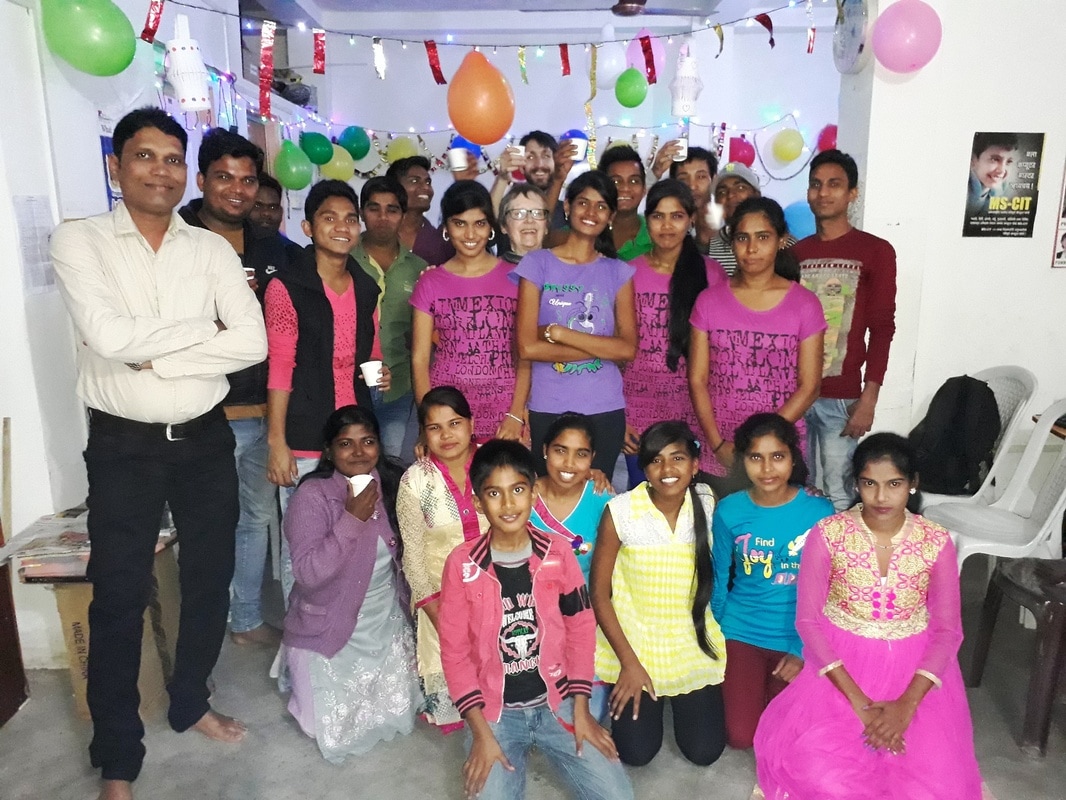
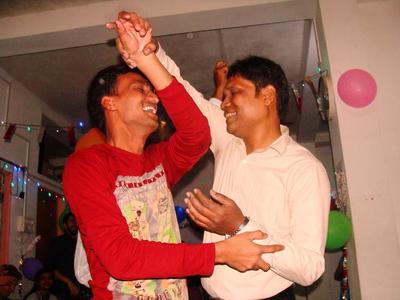
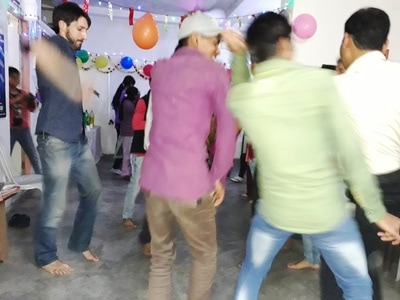
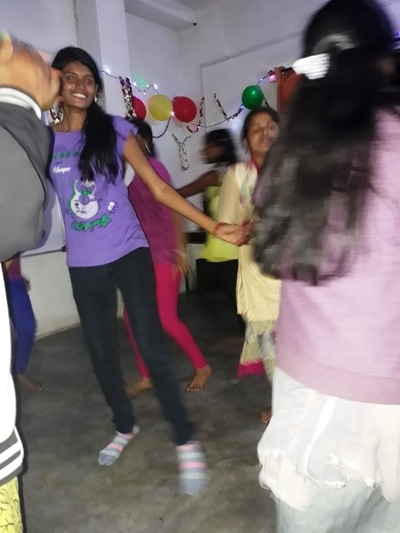
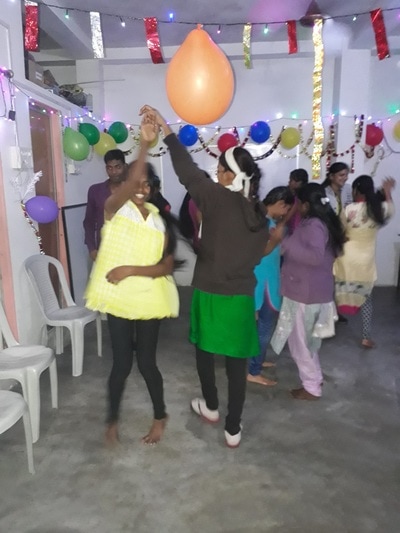
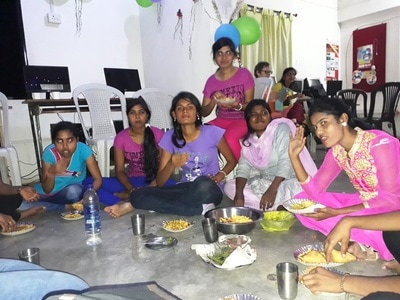
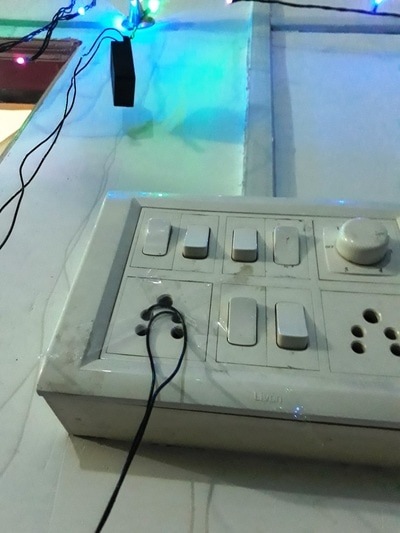
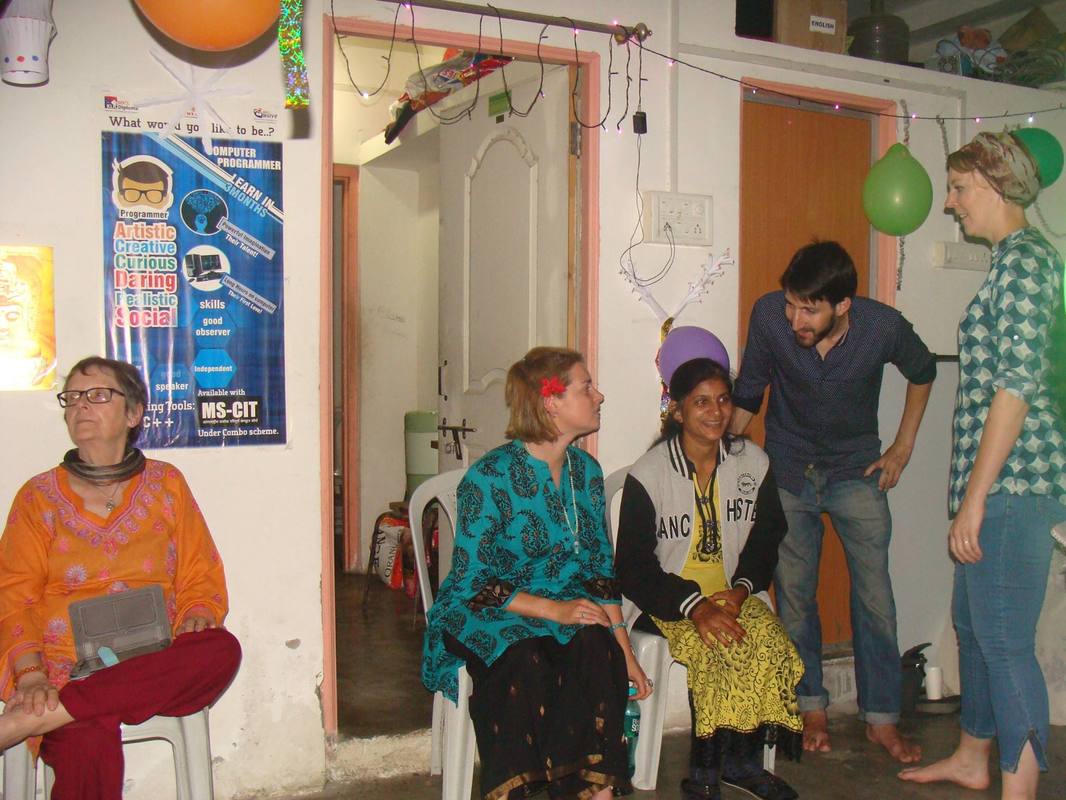
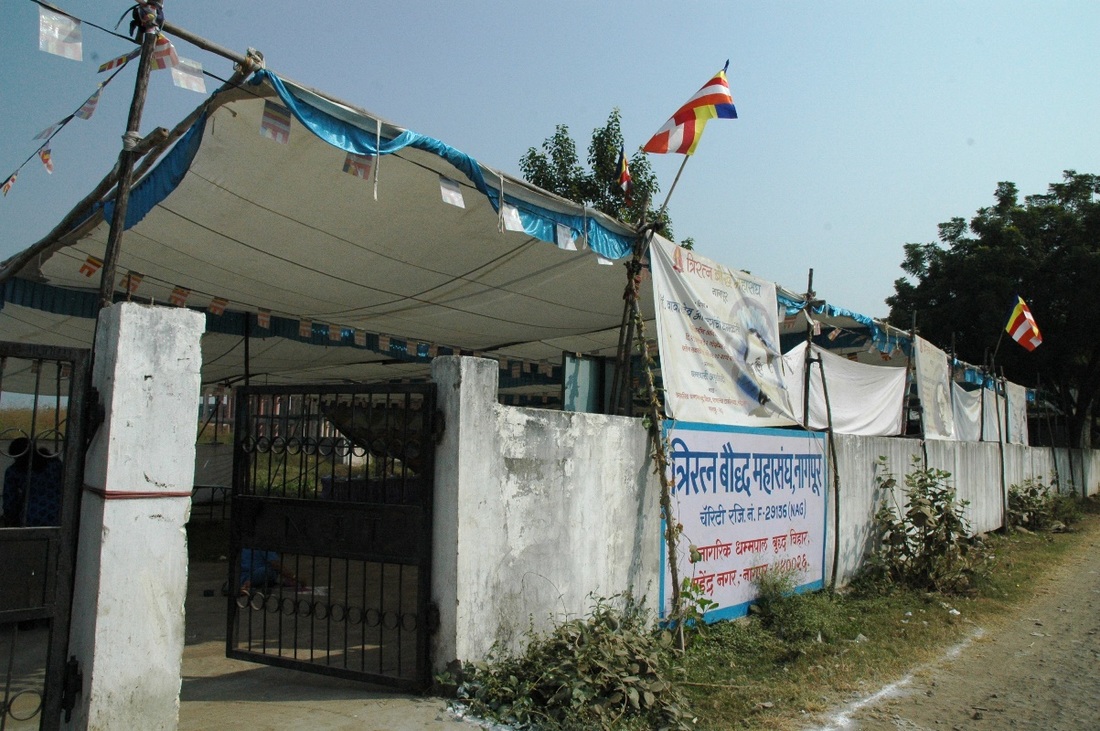

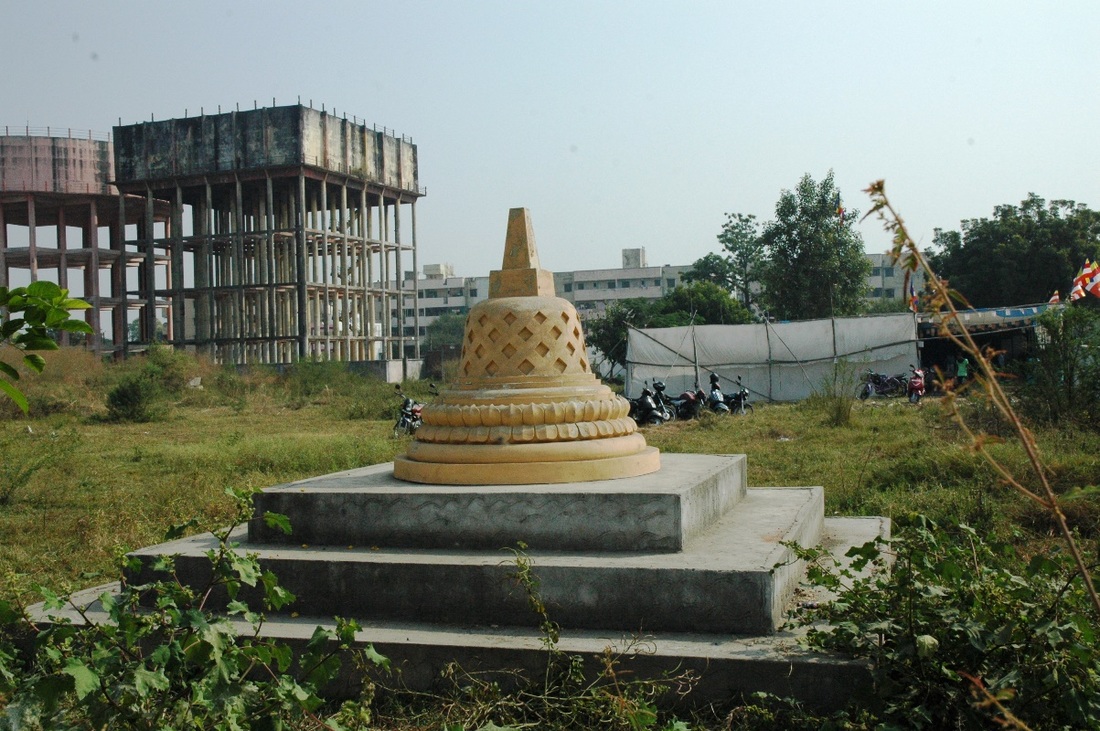
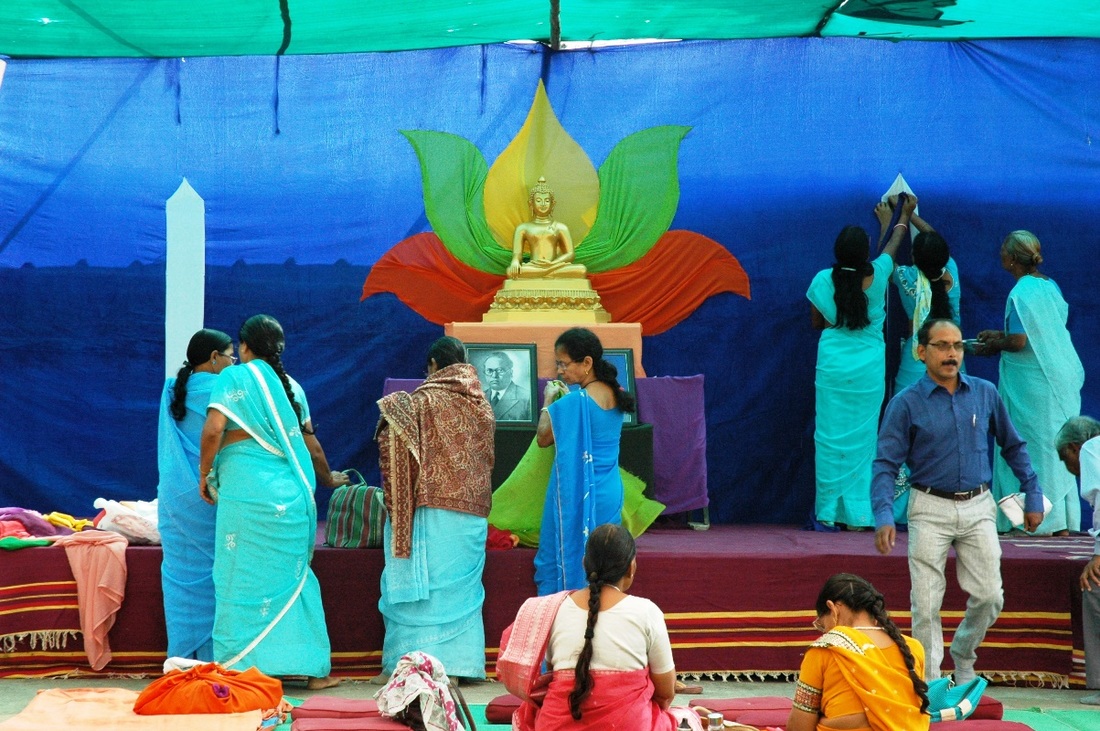
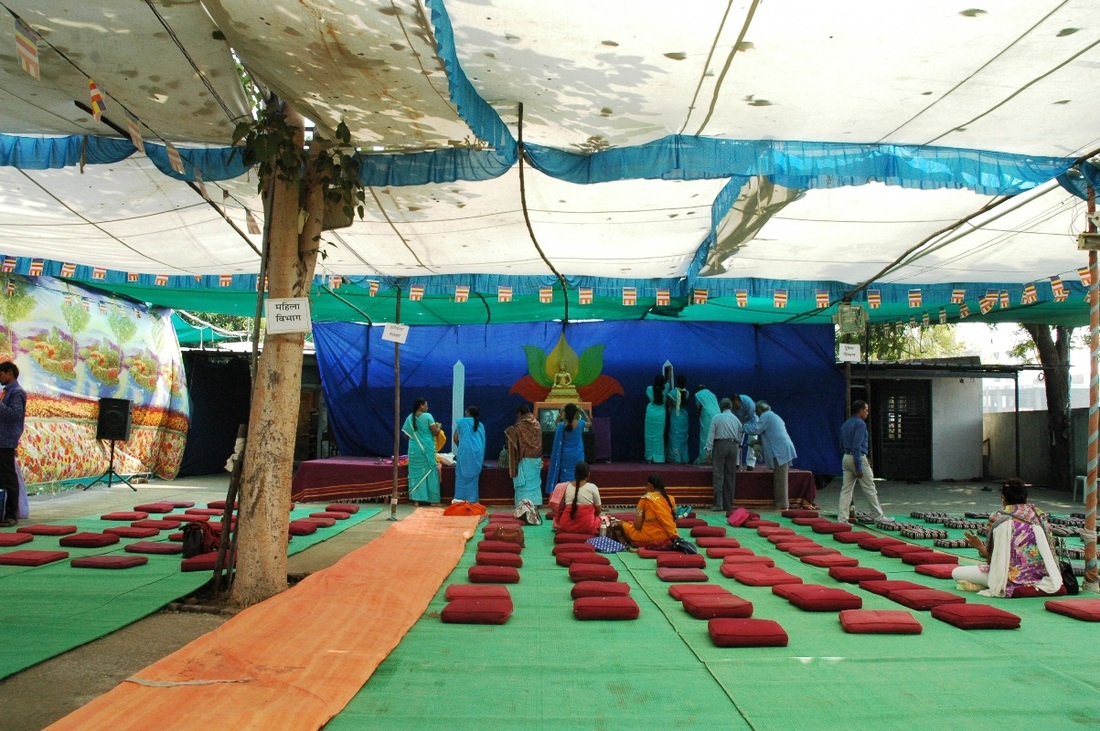
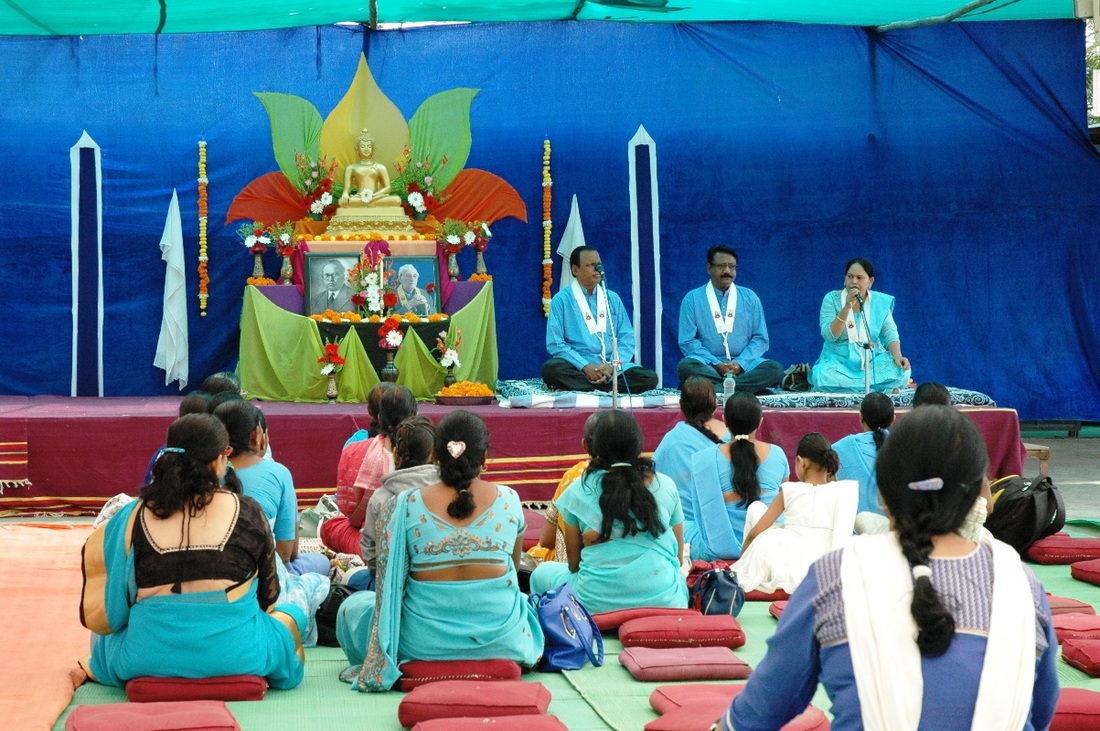
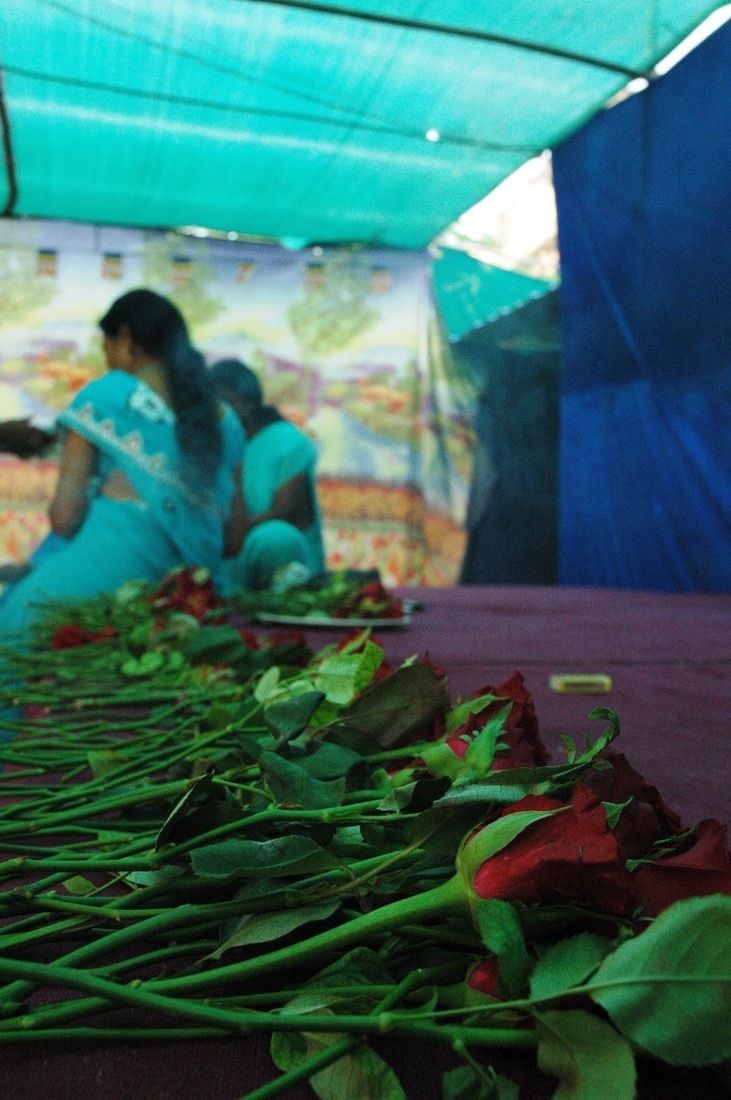
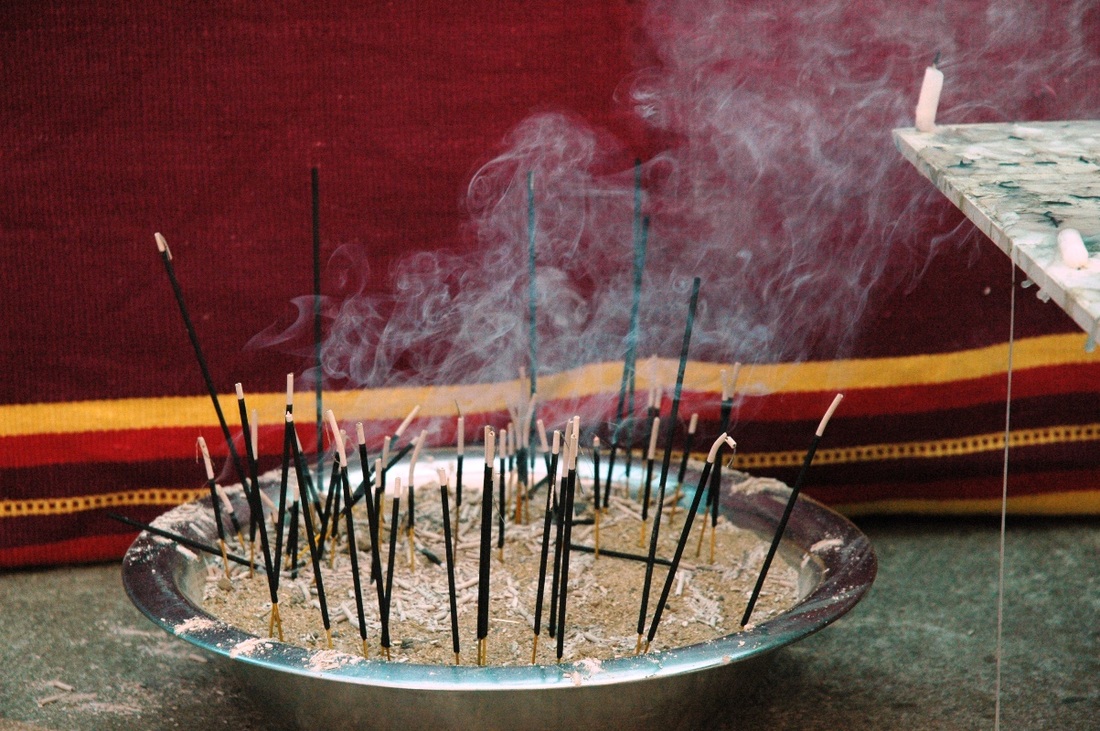
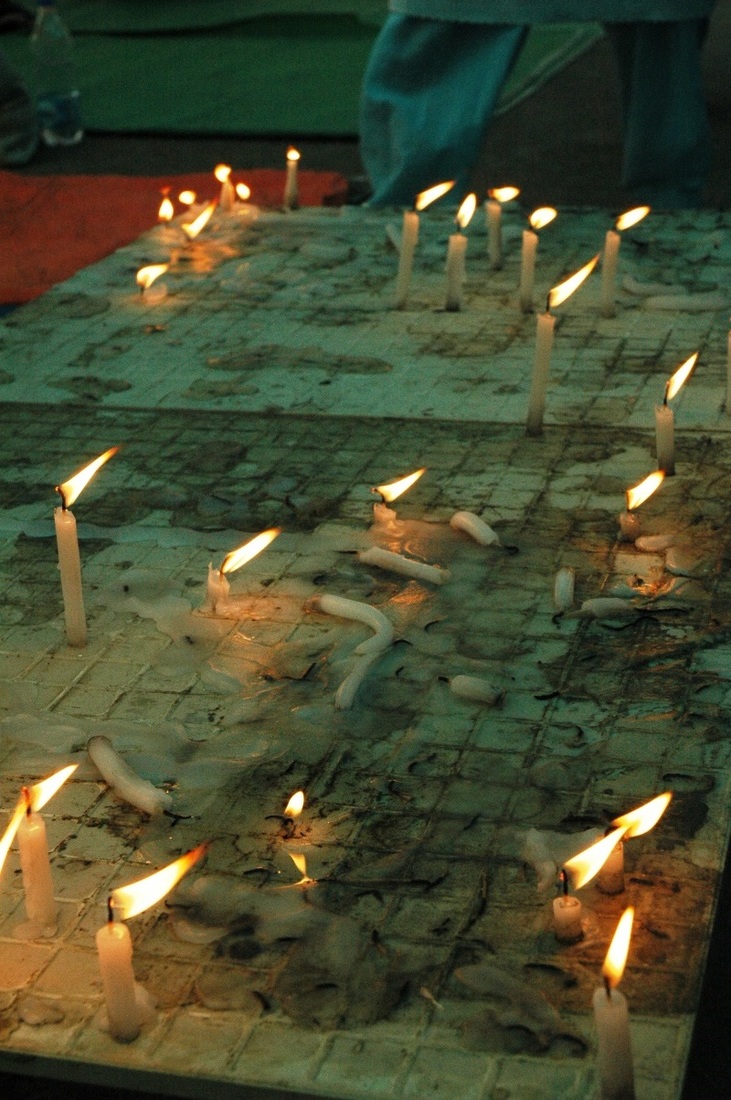
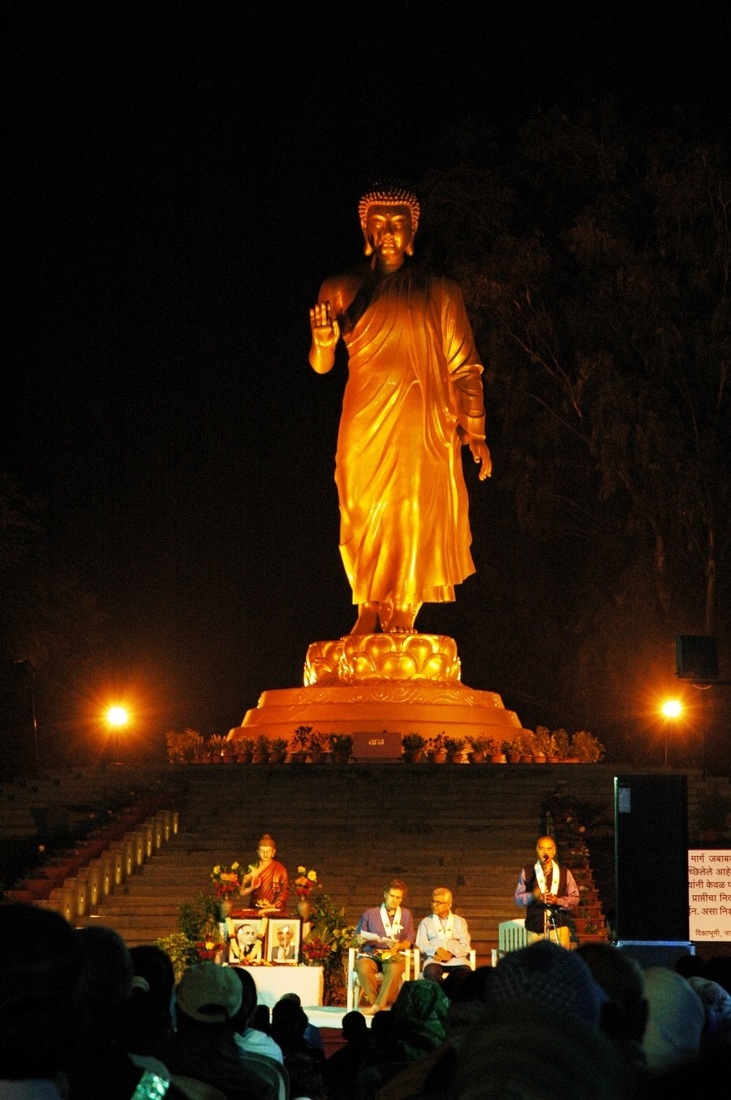
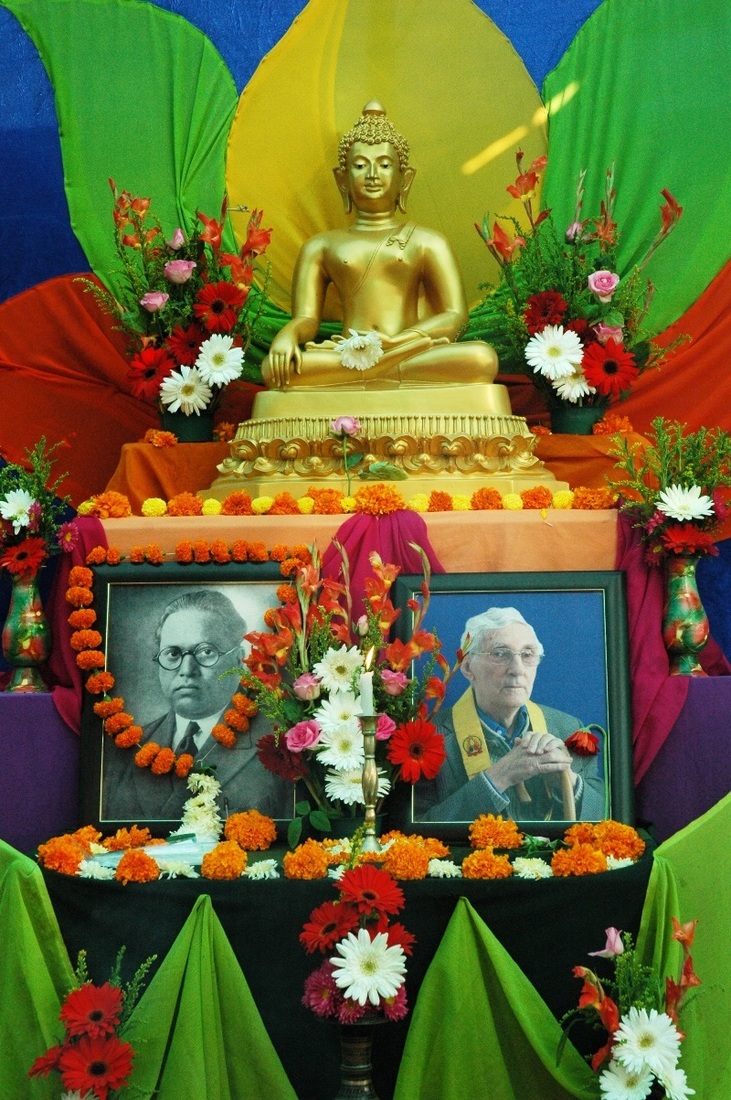

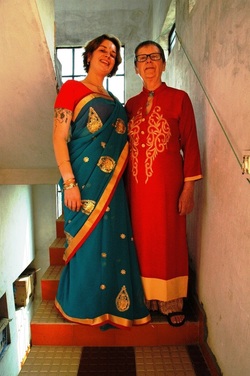
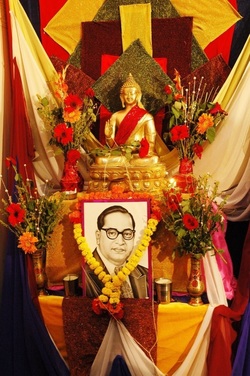
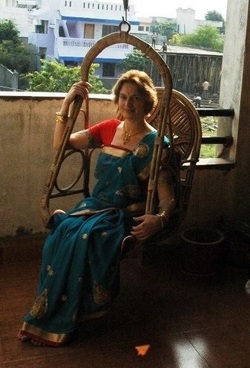
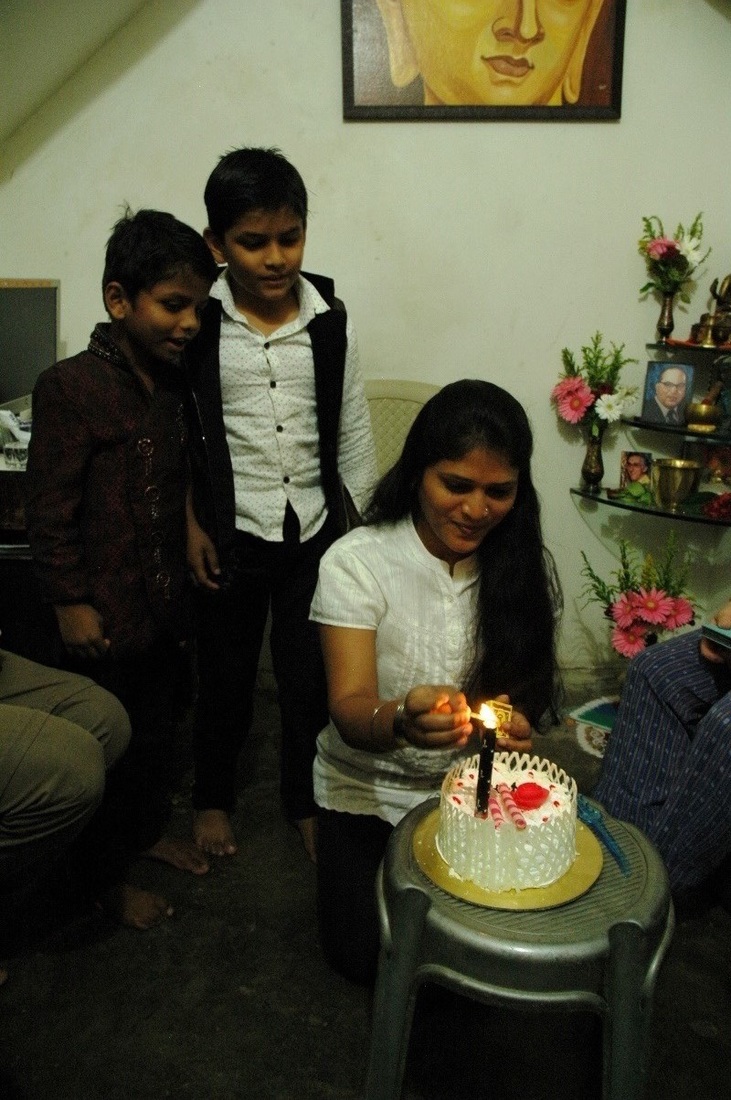
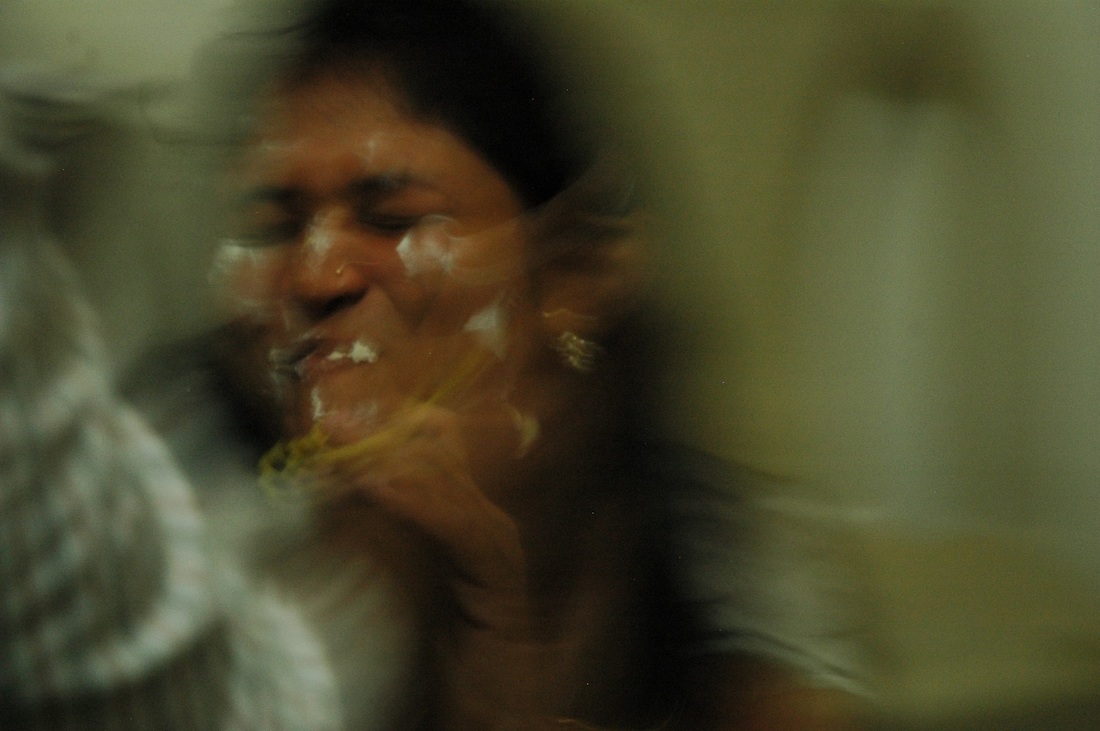
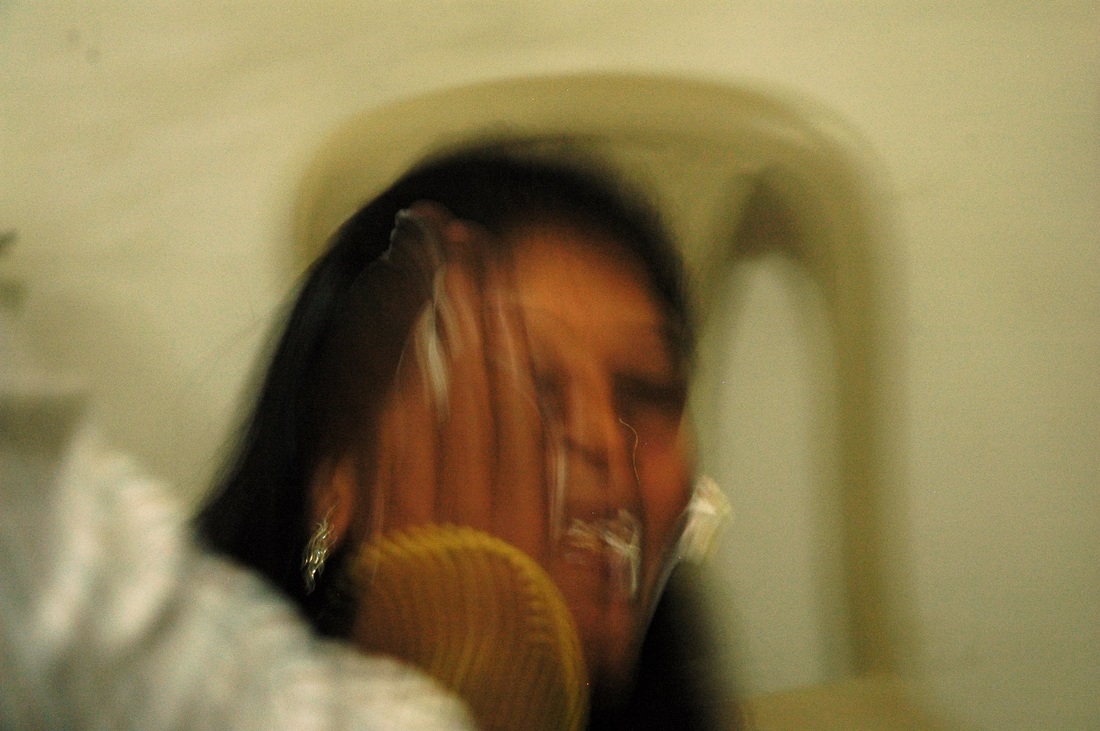
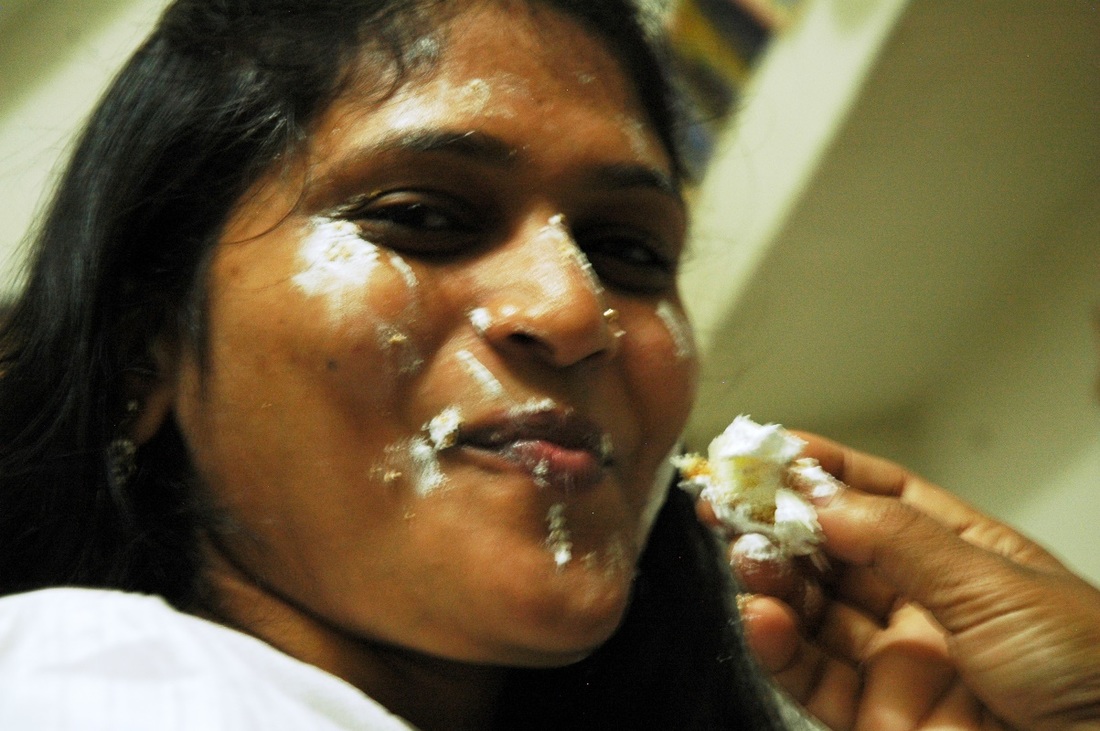
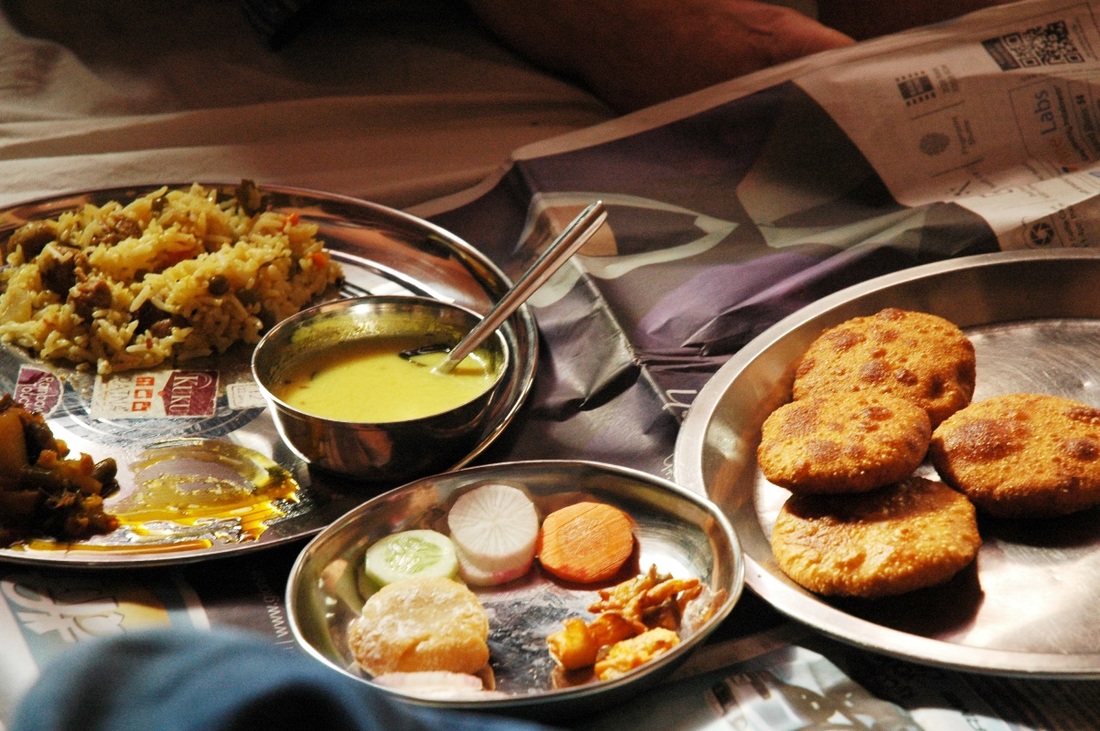
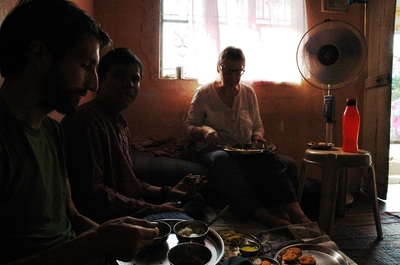
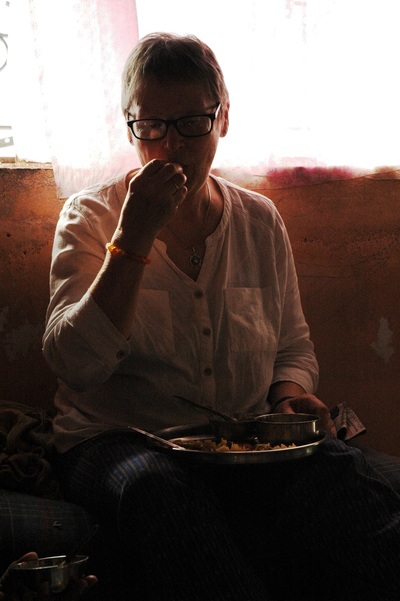
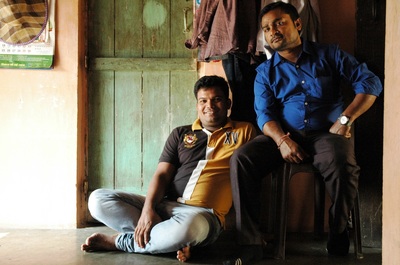
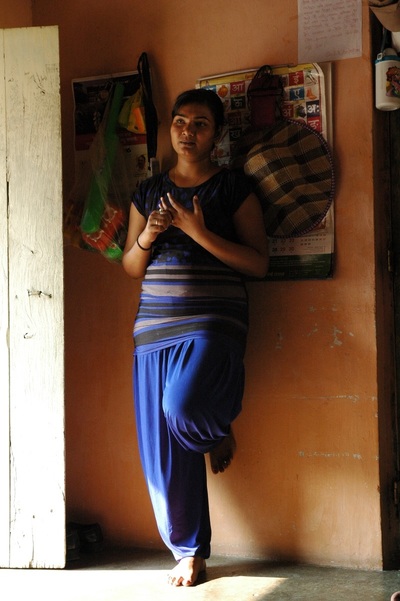
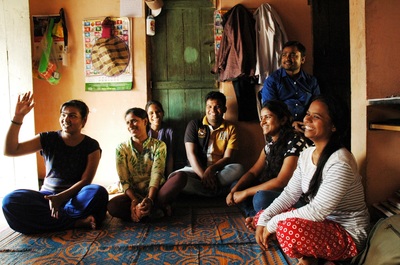

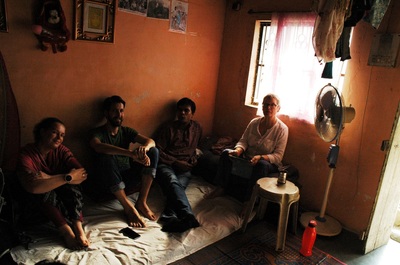
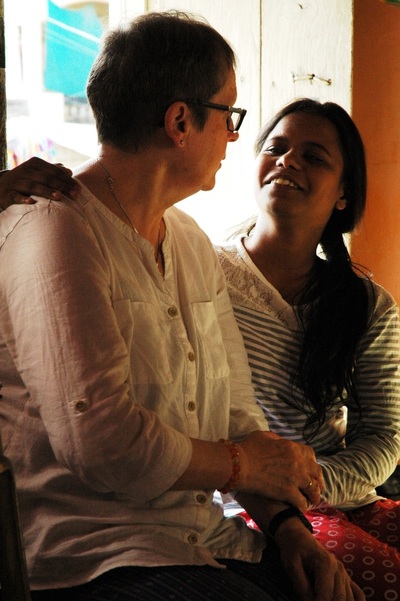
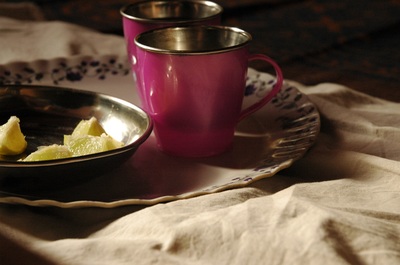

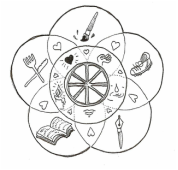
 RSS Feed
RSS Feed
